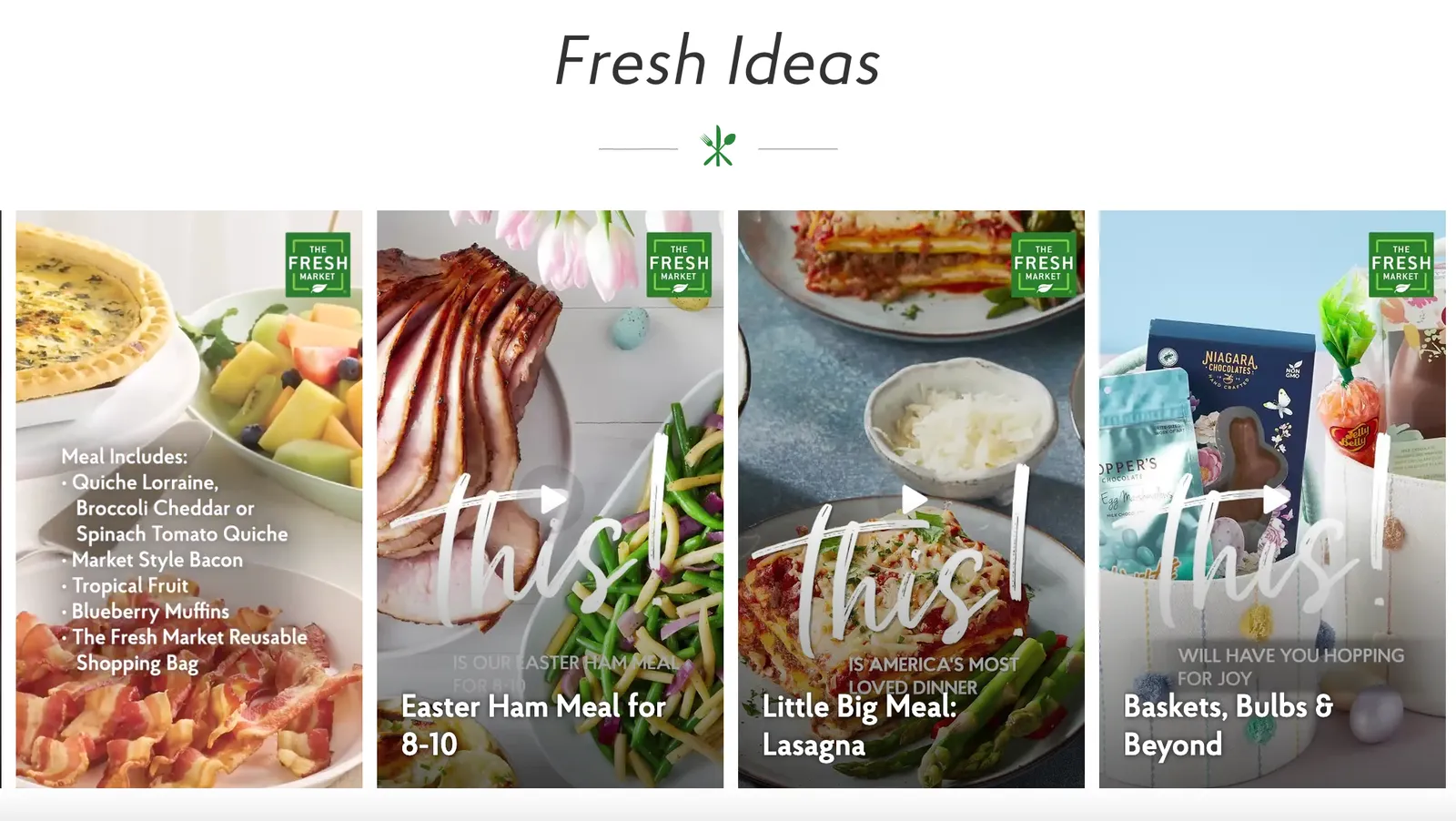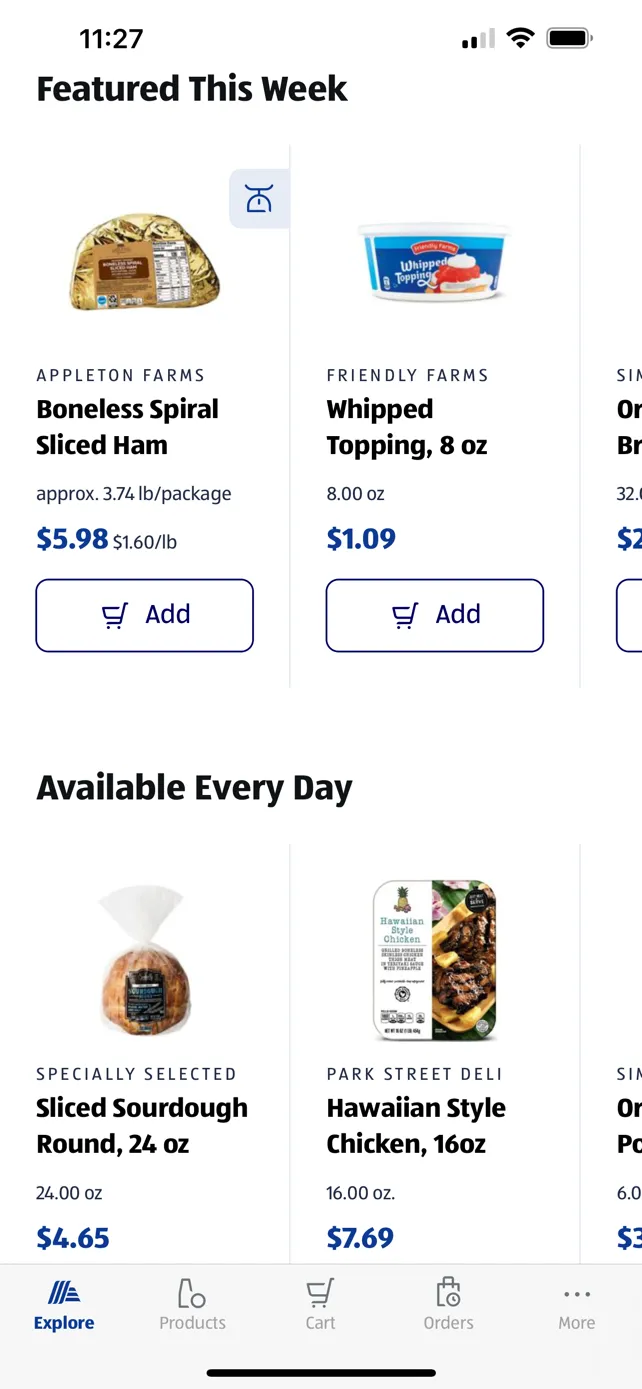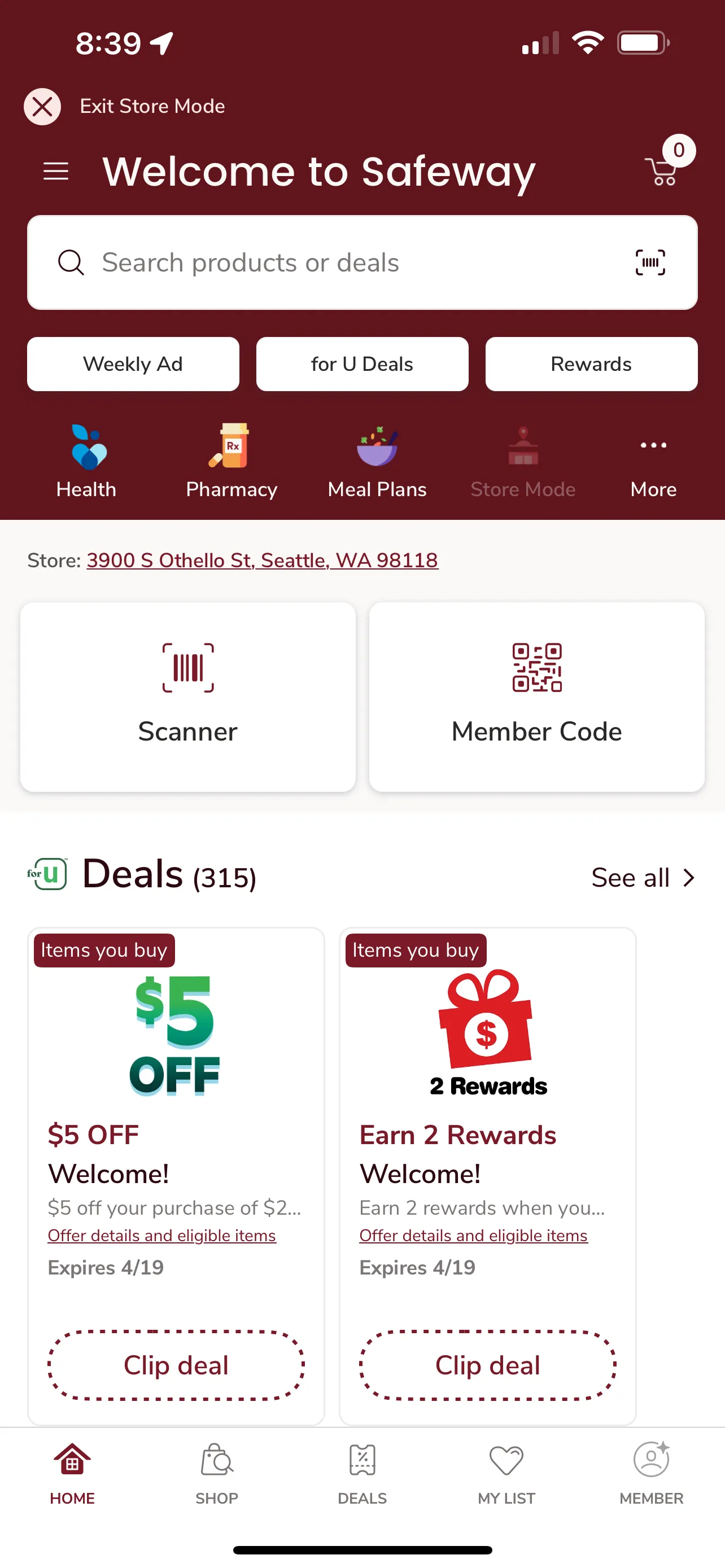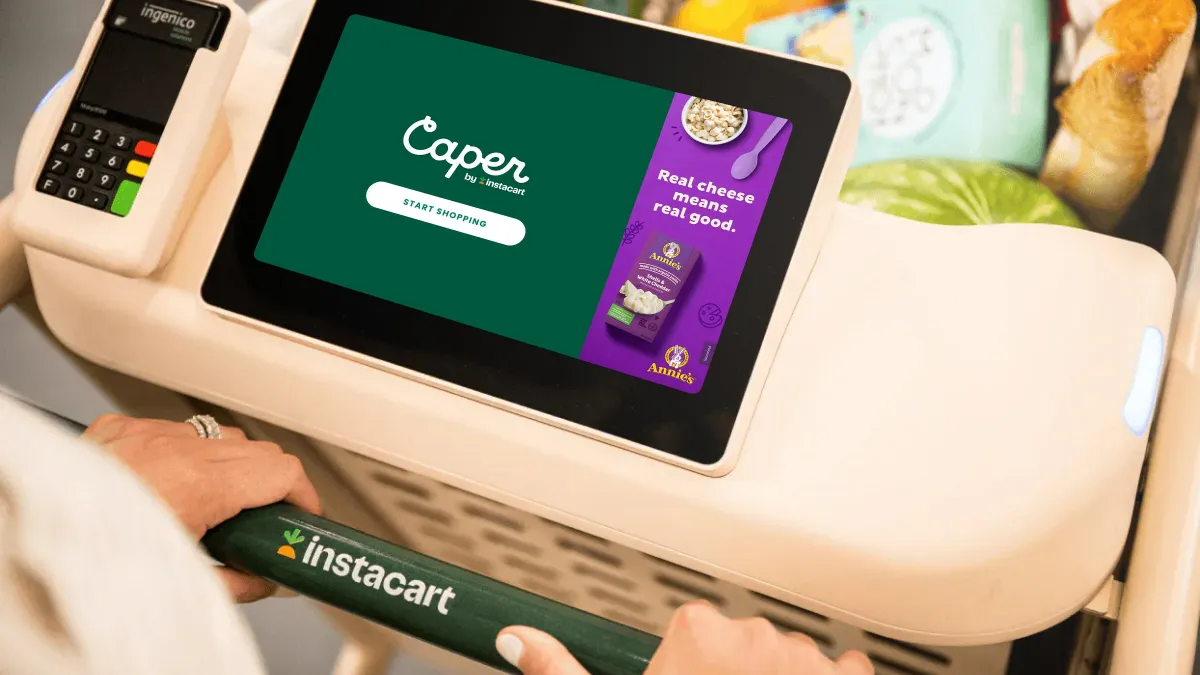Pardon the Disruption is a column that looks at the forces shaping food retail.
When Walmart announced last week that it had updated its website and app in an effort to boost “excitement and discovery” among its customers, a source whose insight I very much respect brought up on LinkedIn the distinction between online buying and online shopping.
The two terms might seem interchangeable, but as he and other retail experts have pointed out in recent years, there are key differences that are important for retailers to understand.
Buying, as the thinking goes, is functional. It’s goal-oriented. It’s grabbing only what’s on your grocery list or selecting items only from the online “buy again” page in the app. It’s walking through the aisles — digital or physical — and never bothering to look at what’s new, what’s exciting or what’s on sale.
Shopping, on the other hand, is all about exploration and experience. It’s stopping at sampling counters, wandering down aisles impulsively and clicking on products that catch your eye. It’s visiting a grocer with the idea that you’ll figure out dinner for tonight once you get there.
Grocers have long excelled as places to buy food, and they’re increasingly becoming places where people go to shop for food and meals, too. This has unfolded mainly at physical stores, where retailers have added bars and restaurants, fresh meal options, larger assortments of local and private label products, cooking classes and chicken dances.
Grocers’ online storefronts and apps have similarly been begging for a shopping-focused revamp in recent years. For too long, retailers and their third-party digital partners have relied on the search bar and that “buy again” button to support online sales. Online grocery exploration has mainly been limited to using a click-heavy, category-by-category approach that basically amounts to the in-person shopping experience dressed up for digital.
Given digital technology’s rapid evolution — its growing ability to personalize, enhance and make quick connections for shoppers, as exhibited by many innovative non-grocery retailers and brands — it was only a matter of time before grocers began implementing a digital-focused playbook for online storefronts.
That’s now starting to happen, and Walmart’s refurbished website and app is just the latest example of how online shopping is gaining steam. The new platform does more to curate and personalize the retailer’s vast assortment. It offers product recommendations, seasonal storefronts and interactive elements like live video, all seemingly in service of encouraging shoppers to check back regularly, to browse and to be entertained.
Walmart’s new grocery portal has the familiar category-focused navigation tools, but also includes product bundles centered around timely themes like grilling and spring cleaning. There are shoppable recipes as well — something that’s become a specialty for the company.

There are other notable examples in grocery. Click over to The Fresh Market’s e-commerce site and you’ll notice there’s no cumbersome shop-by-category navigation tool greeting customers. The site leads with meal ideas and recipes, and features social media videos along with livestream content aimed at helping answer the question so many grocers say they want to answer these days: What’s for dinner?
The gourmet grocer has a “Little Big Meals” section that includes limited-time deals tied to recipes like lasagna and schnitzel.
The focus for Walmart, The Fresh Market and other retailers is increasingly on curation and solutions-based digital merchandising that positions the company as an expert resource and place to regularly explore — and not just a storehouse for products.
Aldi begins to embrace online shopping
For further proof of this evolution in digital grocery shopping, look at what Aldi’s been up to lately.
Over the past several years, the hard discounter has been turning its stores into warmer, more inviting places to shop. In place of stripped-down, warehouse-style merchandising that for decades was its hallmark in the U.S., Aldi has revamped its branding, brightened its stores and pushed out trendy new products.
Aldi is now bringing a similar facelift to its digital storefront. After relying for years on Instacart to power its marketplace, it now has a proprietary new website and app that’s available for shoppers nationwide to use.
The new platform isn’t revolutionary — but then again, it doesn’t need to be given that Aldi is mainly focused on price and efficiency. The website and app have many of the stock features you’d expect from a digital grocery storefront, including weekly ads and the tried-and-true browse-by-category navigation.

But Aldi is also introducing features that promote discovery. The new app has an “Explore” bar where shoppers can find limited-time products, deals and an internal marketplace for Aldi Finds general merchandise. The site features recipes that need some work — many options are listed as “Coming Soon” while the ones that are available don’t have add-to-cart functionality — but are still a promising step toward solutions-focused selling.
In step with the digital experience revamp, Aldi has made pickup available to more locations and makes it easy for shoppers to switch between that mode and delivery.
We reached out to Aldi and to its tech partner, Spryker, which helped develop the new site and app, to learn more about the thinking behind the digital updates, but both declined to comment.
Buying, shopping and the evolving omnichannel experience
Digital storefronts still have a lot of room to evolve. Despite its slick new presentation, Walmart’s updated website is still cluttered with promotions and mini shops. Giving shoppers too many options to choose from could discourage exploration.
Websites and apps also have a lot of work ahead to improve personalization. There’s still a lot of sameness across storefront experiences. The ultimate promise of digital shopping, it seems to me, is to cut through all the mess and help match shoppers with the products and deals that will most appeal to them. Just look at how Netflix is able to narrow down its voluminous movie catalog for each user.
For now, though, it’s interesting to see grocers building out their digital tool kits and testing new services. Companies like Walmart and Aldi are offering options that appeal to both mission-driven shoppers and those looking to browse and be inspired. They’re also thinking about ways to link digital shopping with in-store shopping to create omnichannel experiences that deepen loyalty.

Another grocer that’s showcasing a lot of different digital options for shoppers right now is Albertsons and its various retail brands. Its Safeway app, for example, is a Swiss Army knife of digital tools. Users can clip digital coupons and load them to their accounts for use in-store or online. They can browse the digital storefront for pickup or delivery. There’s also a meal planning portal where shoppers can browse recipes, add interesting ones to their meal list and add ingredients from each to their online carts.
There are bundled product pages, how-to videos and a quick link to the company’s “Sincerely Health” pharmacy and nutrition service. The app also has a “Store Mode” users can turn on that enables product scanning and location tools that they can use while shopping in-person — a great example of how retailers can use digital innovation to promote shopping across channels.
Turning a grocery app into a customizable remote control for shopping across channels strikes me as an incredibly effective approach to digital shopping. It acknowledges the fact that many consumers like to toggle between online and in-store trips depending on their needs and schedules. And it acknowledges the fact that sometimes consumers just want to buy and sometimes they want to shop.




















